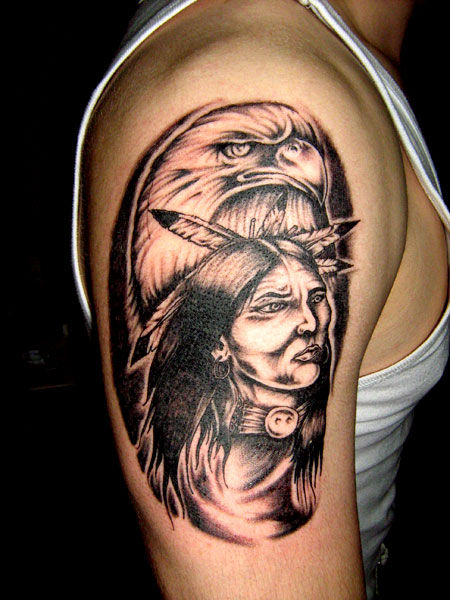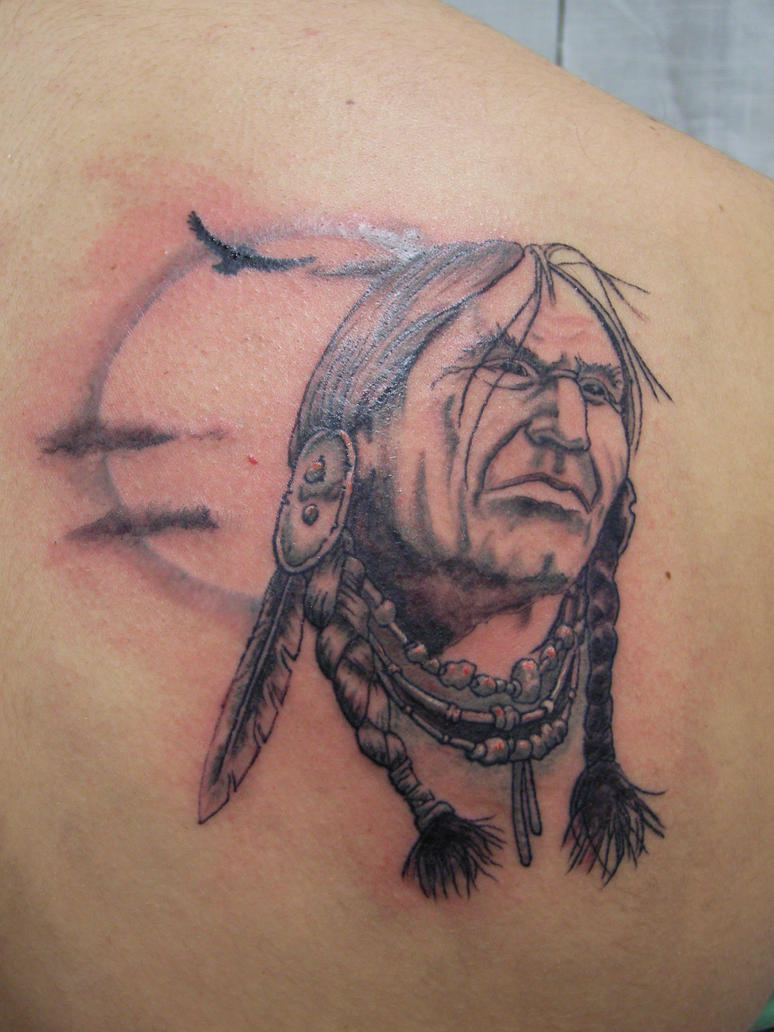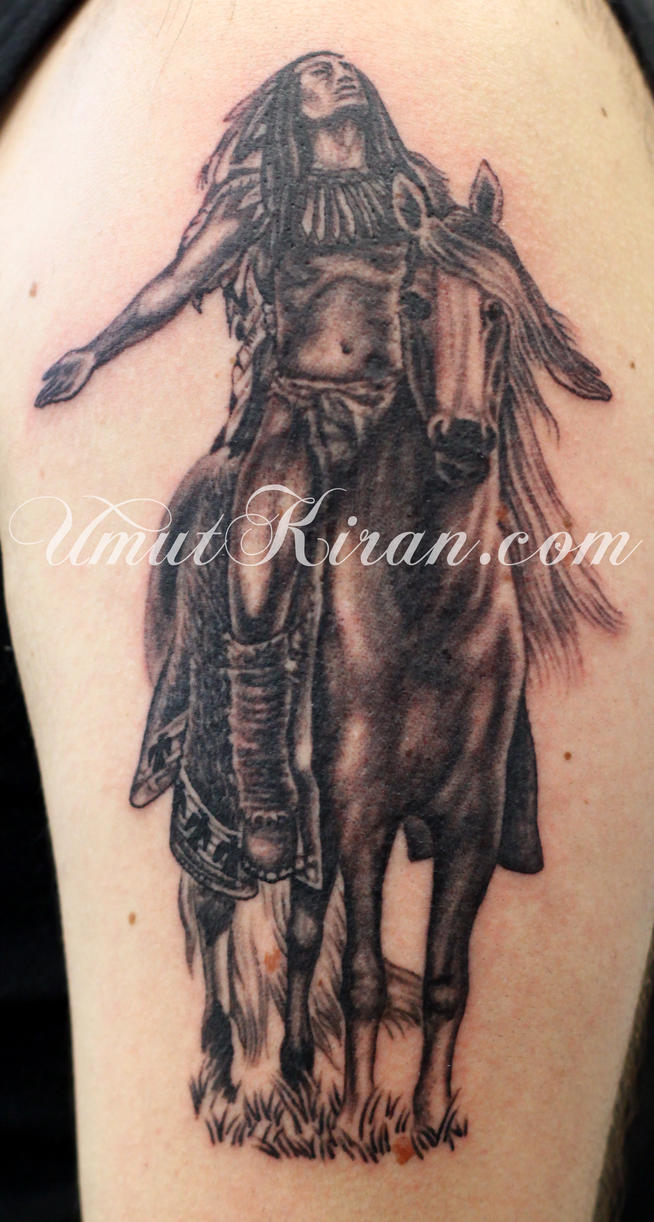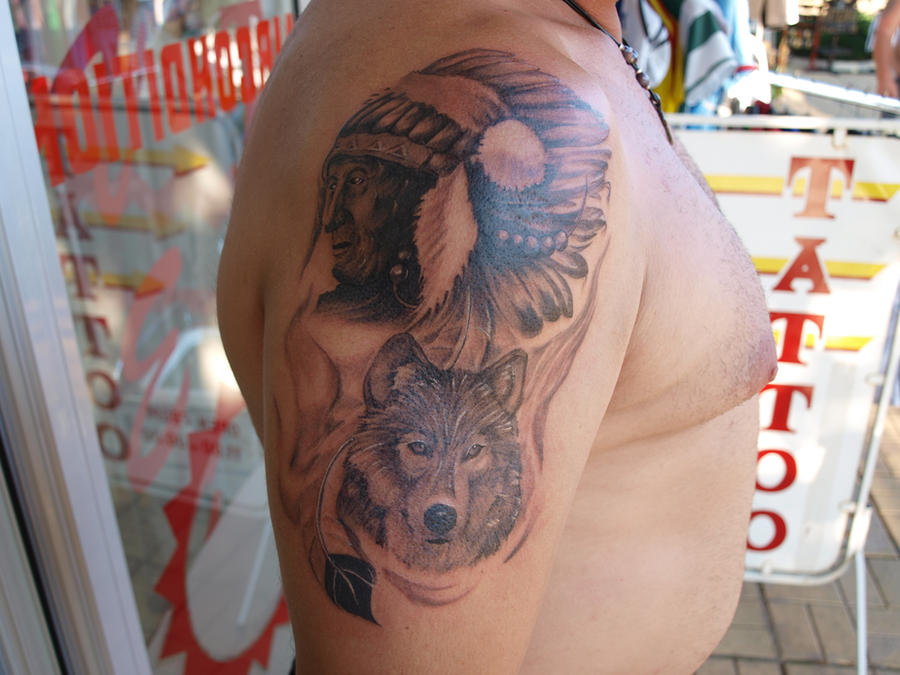
 Tattoos have experienced a resurgence in popularity in many parts of the world, particularly in North and South America, Japan, and Europe. The growth in tattoo culture has seen an influx of new artists into the industry, many of whom have technical and fine arts training. Coupled with advancements in tattoo pigments and the ongoing refinement of the equipment used for tattooing, this has led to an improvement in the quality of tattoos being produced.
Tattoos have experienced a resurgence in popularity in many parts of the world, particularly in North and South America, Japan, and Europe. The growth in tattoo culture has seen an influx of new artists into the industry, many of whom have technical and fine arts training. Coupled with advancements in tattoo pigments and the ongoing refinement of the equipment used for tattooing, this has led to an improvement in the quality of tattoos being produced.During the first decade of the 21st century, the presence of tattoos became evident within pop culture, inspiring television shows such as A&E's Inked and TLC's Miami Ink and LA Ink. The decoration of blues singer Janis Joplin with a wristlet and a small heart on her left breast, by the San Francisco tattoo artist Lyle Tuttle, has been called a seminal moment in the popular acceptance of tattoos as art.[7] Formal interest in the art of the tattoo has become prominent in the 1990s through the beginning of the 21st century. Contemporary art exhibitions and visual art institutions have featured tattoos as art through such means as displaying tattoo flash, examining the works of tattoo artists, or otherwise incorporating examples of body art into mainstream exhibits. One such 2009 Chicago exhibition Freaks & Flash featured both examples of historic body art as well as the tattoo artists who produced it.
In many traditional cultures tattooing has also enjoyed a resurgence, partially in deference to cultural heritage. Historically, a decline in traditional tribal tattooing in Europe occurred with the spread of Christianity. However, some Christian groups, such as the Knights of St. John of Malta, sported tattoos to show their allegiance. A decline often occurred in other cultures following European efforts to convert aboriginal and indigenous people to Western religious and cultural practices that held tattooing to be a "pagan" or "heathen" activity. Within some traditional indigenous cultures, tattooing takes place within the context of a rite of passage between adolescence and adulthood.
Many studies have been done of the tattooed population and society's view of tattoos. In June 2006 the Journal of the American Academy of Dermatology published the results of a telephone survey which took place in 2004. It found that 36% of Americans ages 18–29, 24% of those 30-40 and 15% of those 41-51 had a tattoo. In September 2006, the Pew Research Center conducted a telephone survey which found that 36% of Americans ages 18–25, 40% of those 26-40 and 10% of those 41-64 had a tattoo. In January 2008, a survey conducted online by Harris Interactive estimated that 14% of all adults in the United States have a tattoo, just slightly down from 2003, when 16% had a tattoo. Among age groups, 9% of those ages 18–24, 32% of those 25-29, 25% of those 30-39 and 12% of those 40-49 have tattoos, as do 8% of those 50-64. Men are just slightly more likely to have a tattoo than women (15% versus 13%)
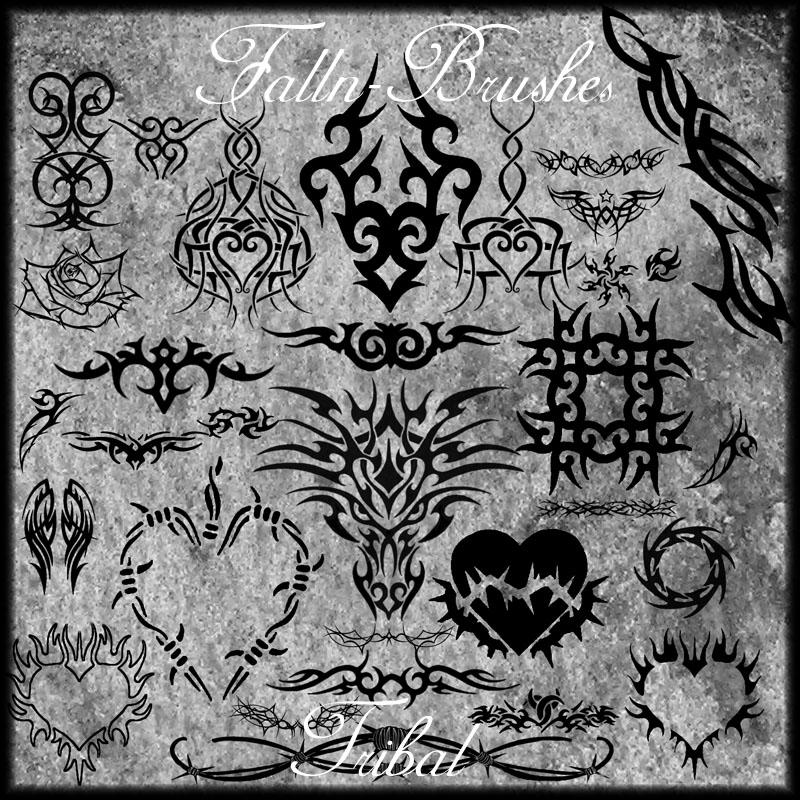
 widespread among older Americans. Tattooing is also common in the British Armed Forces.
widespread among older Americans. Tattooing is also common in the British Armed Forces.



























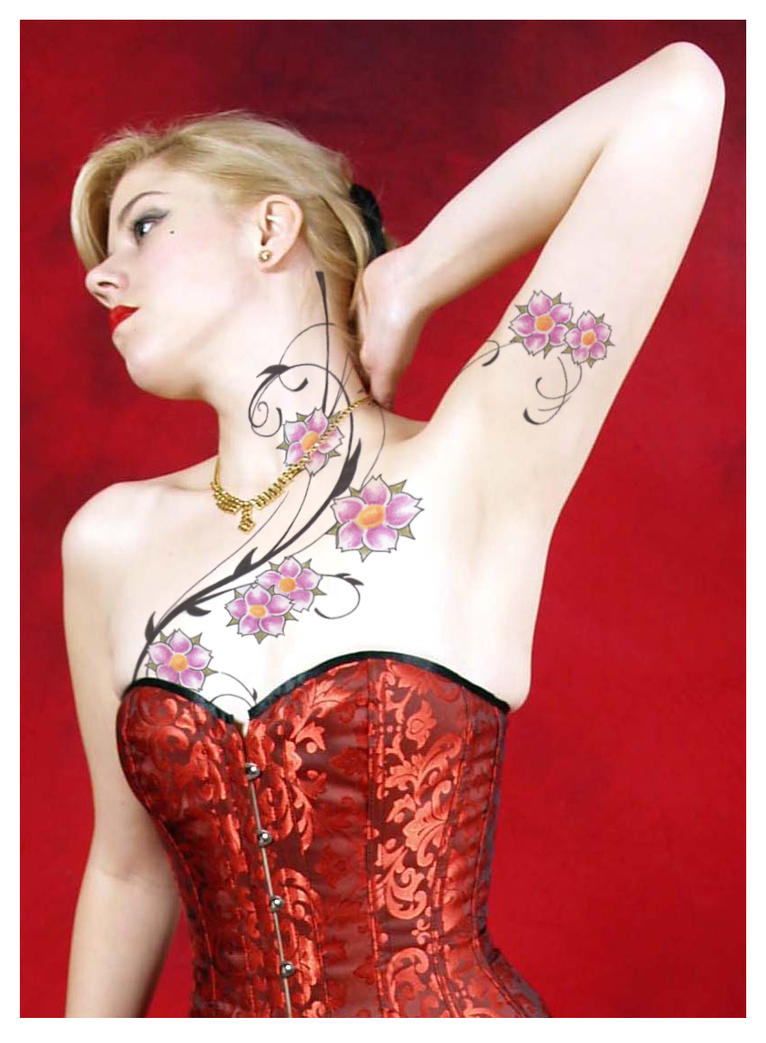
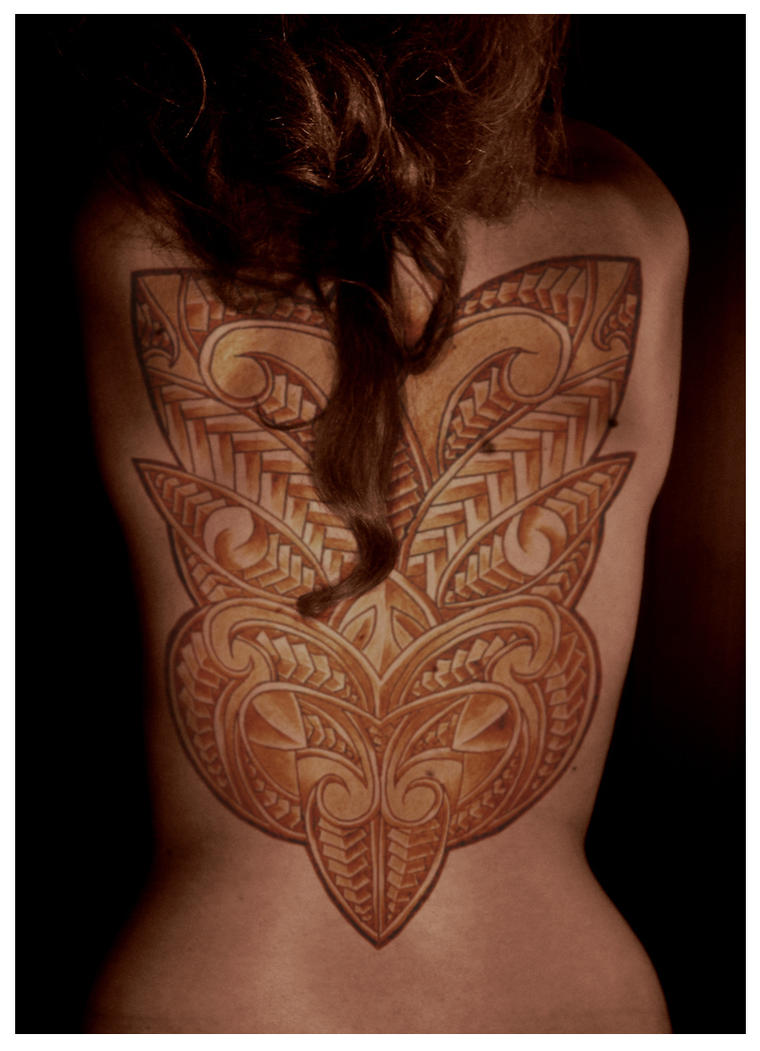
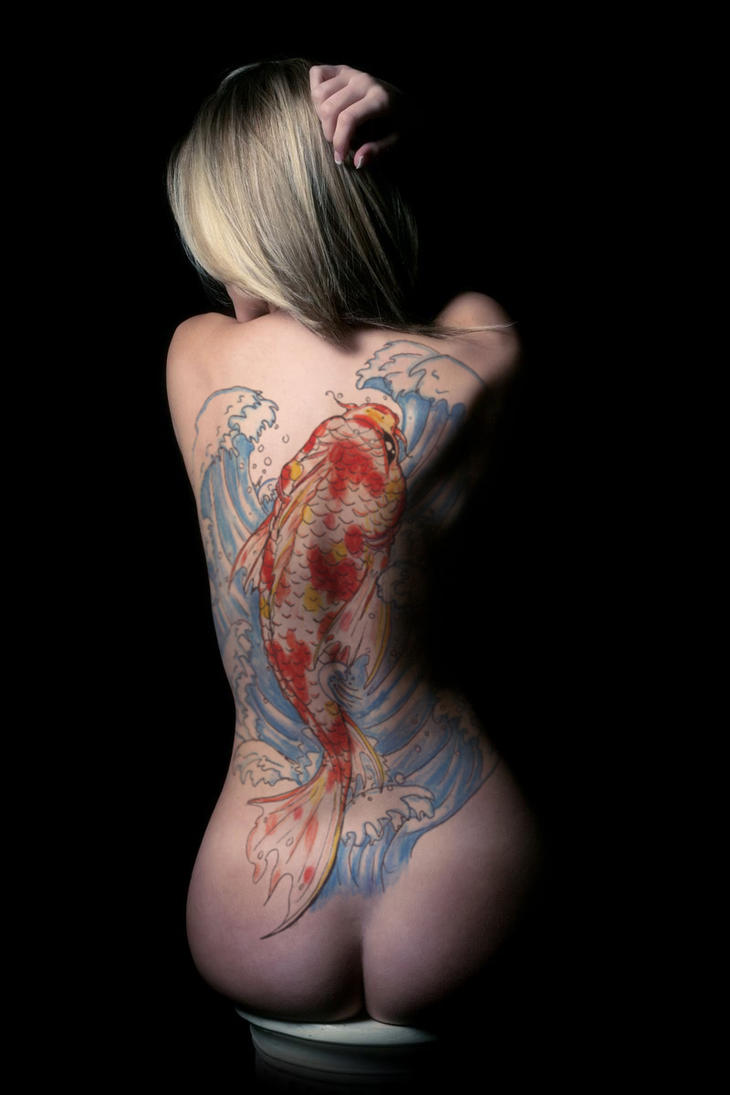

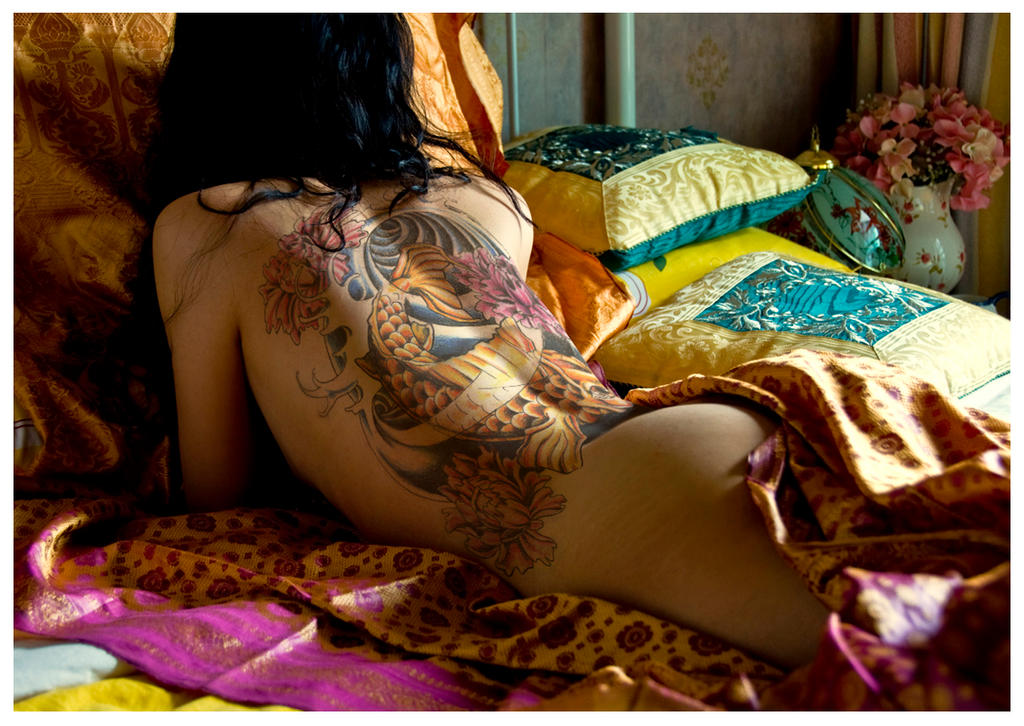

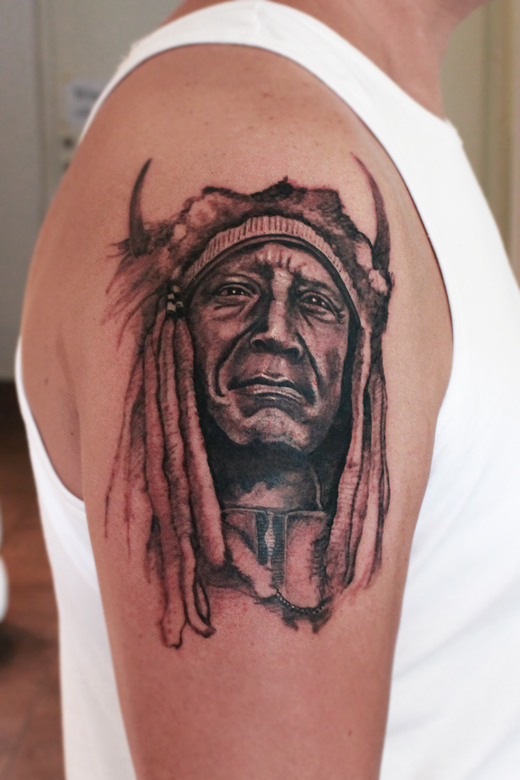


 Depending on one’s motivation for the tattoo at hand (especially in the United States where culture has a tendency to mix in order to showcase originality) the traditional Indian style of art tends to become blended with Arabic scripture. These tattoos almost always incorporate religious proverbs or inspirational sayings such as, “The journey of a thousand miles only starts with one step.” When it comes to spirituality itself, images of the gods Kali (the source of all life) and Shiva (destruction) are a vital piece of the puzzle.
Depending on one’s motivation for the tattoo at hand (especially in the United States where culture has a tendency to mix in order to showcase originality) the traditional Indian style of art tends to become blended with Arabic scripture. These tattoos almost always incorporate religious proverbs or inspirational sayings such as, “The journey of a thousand miles only starts with one step.” When it comes to spirituality itself, images of the gods Kali (the source of all life) and Shiva (destruction) are a vital piece of the puzzle. 